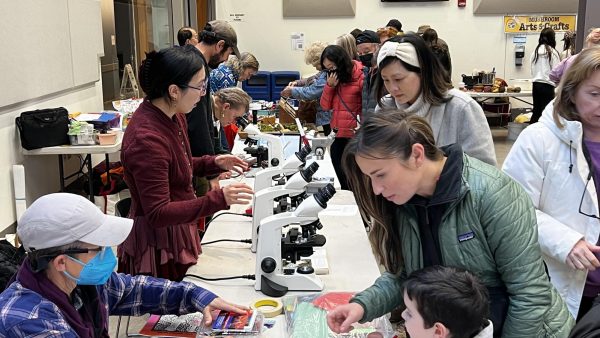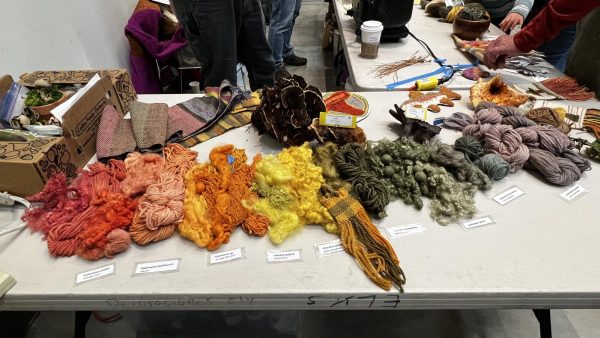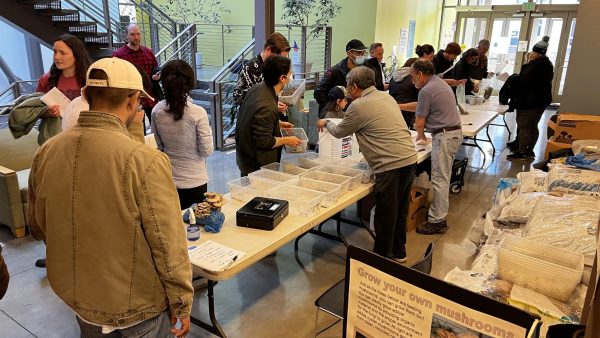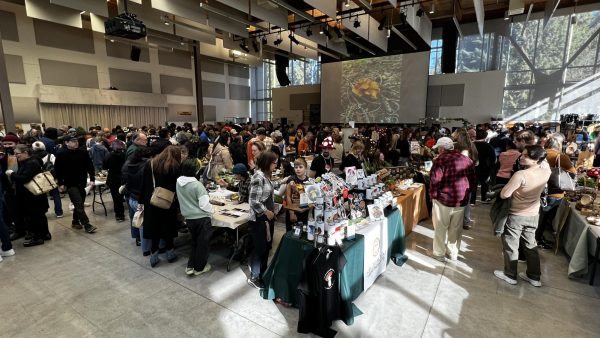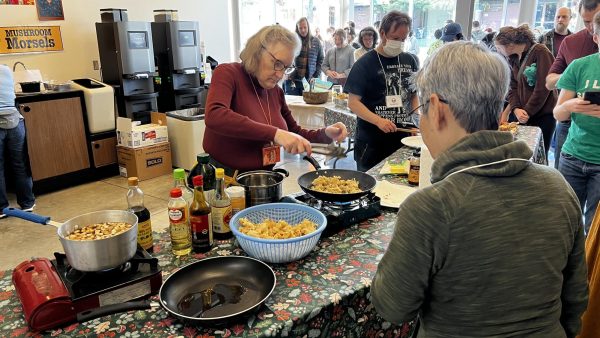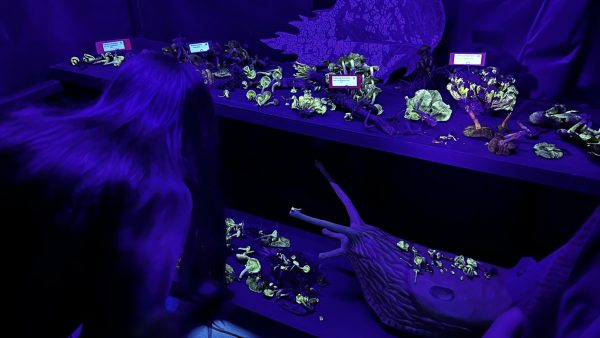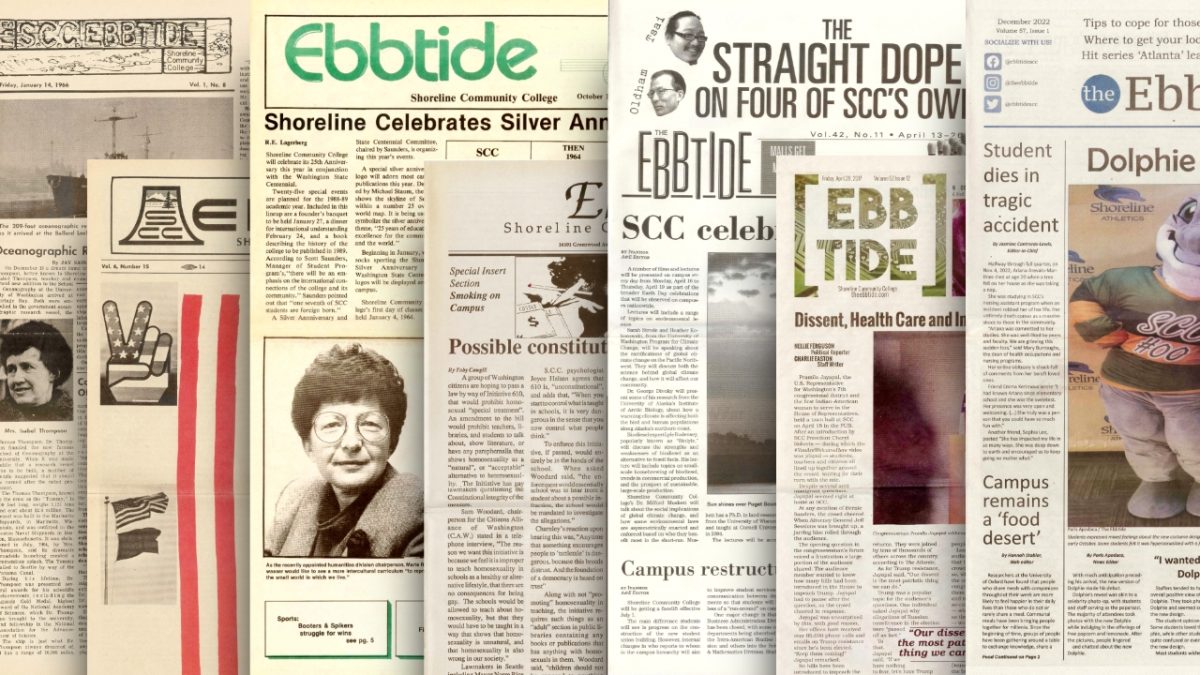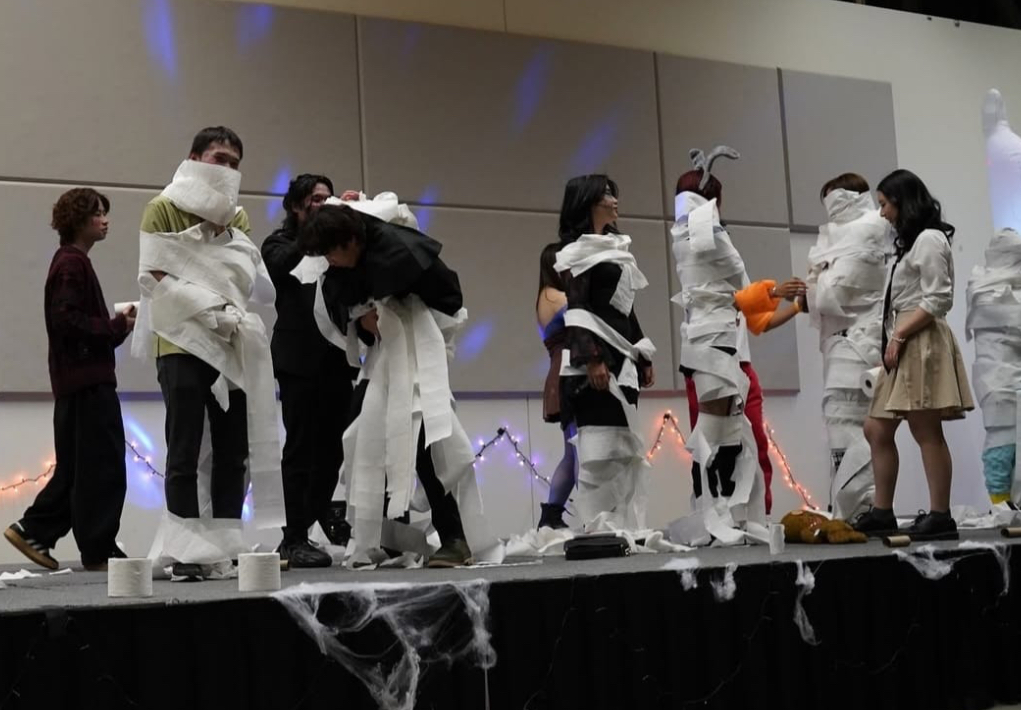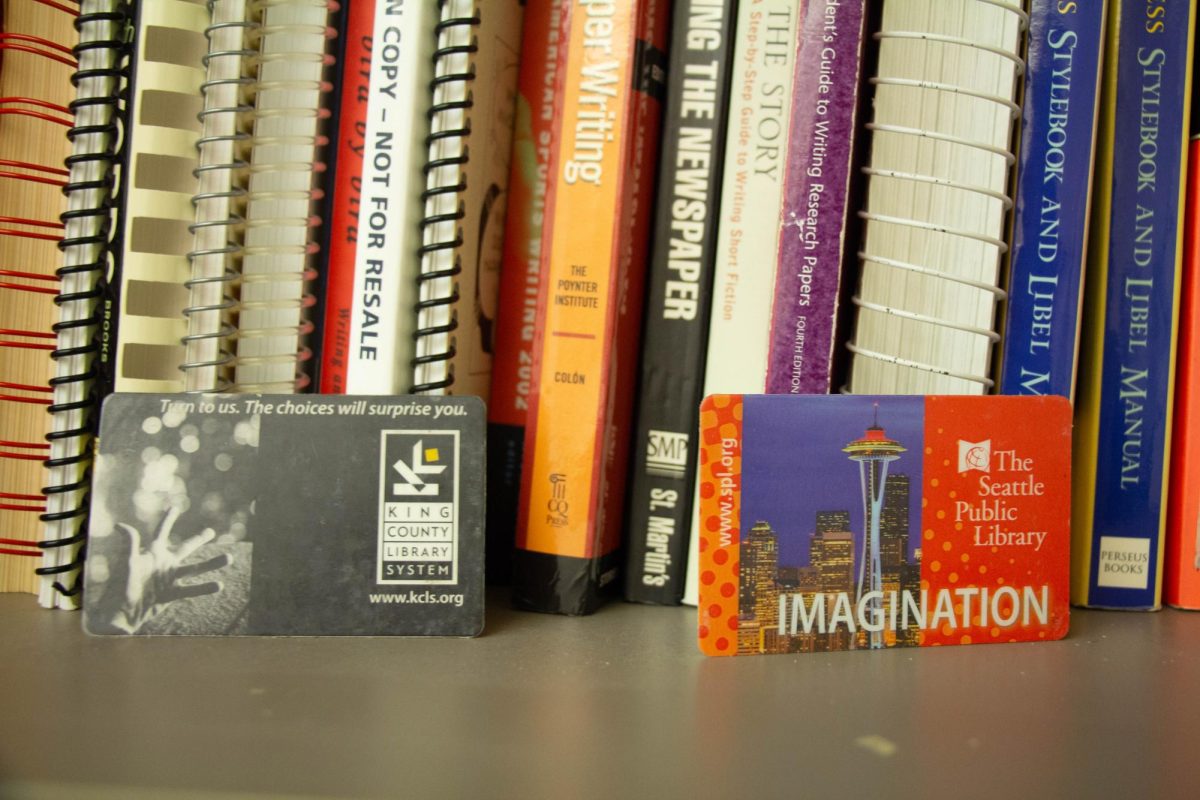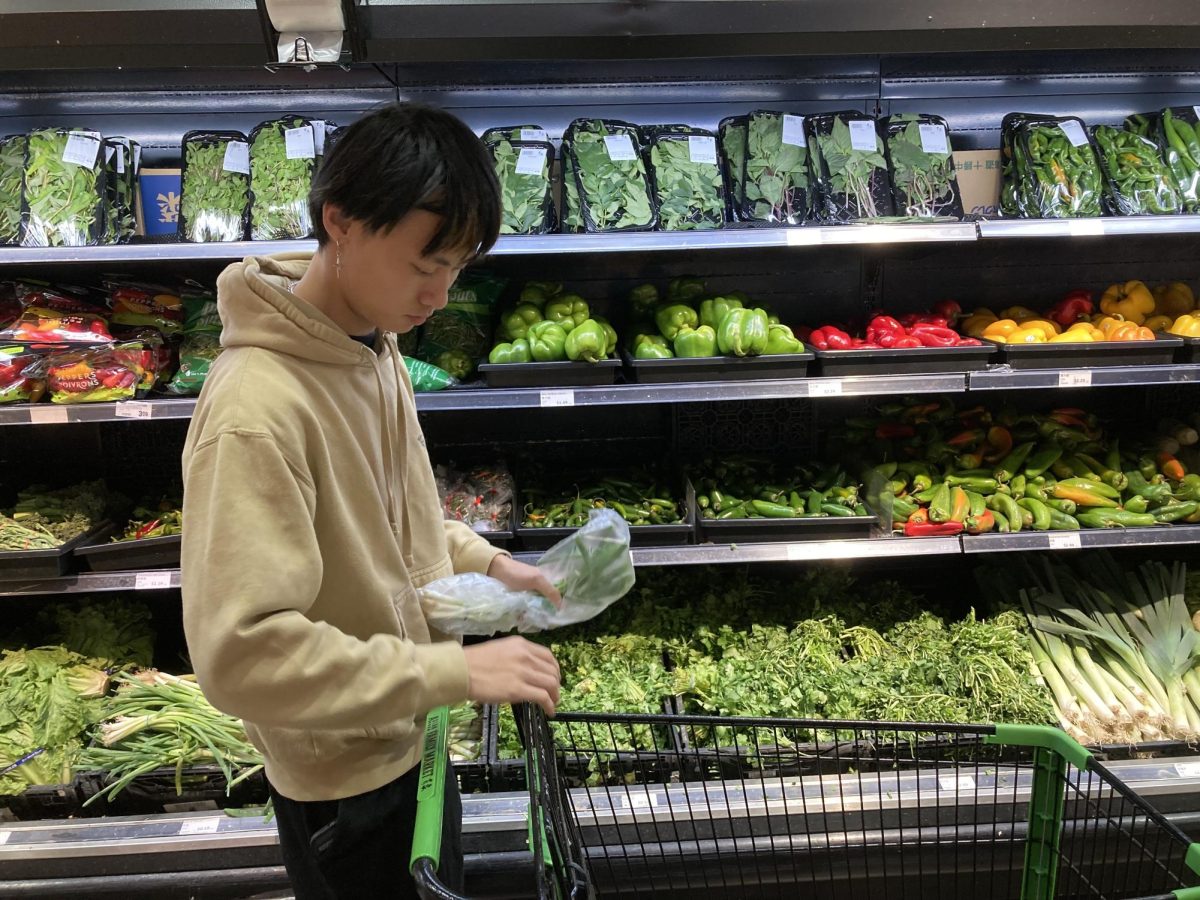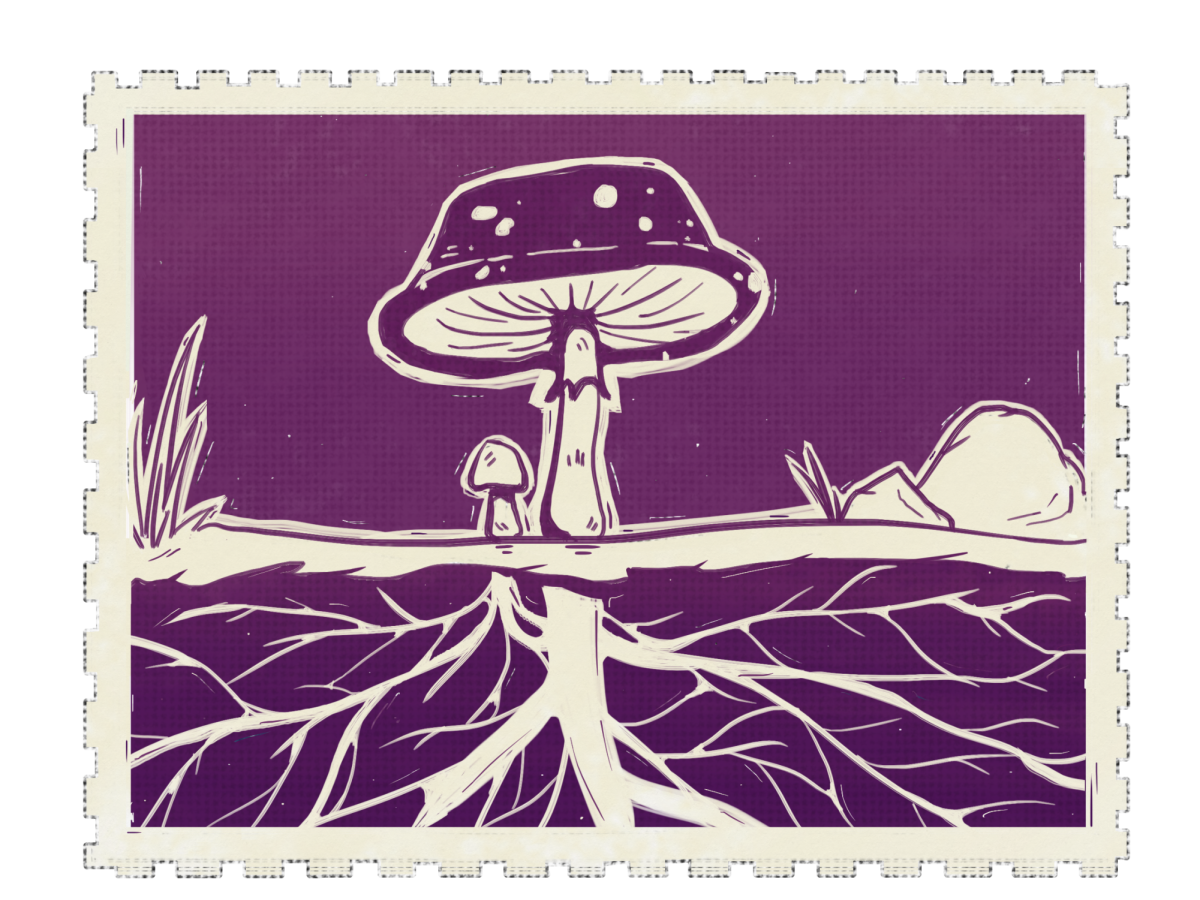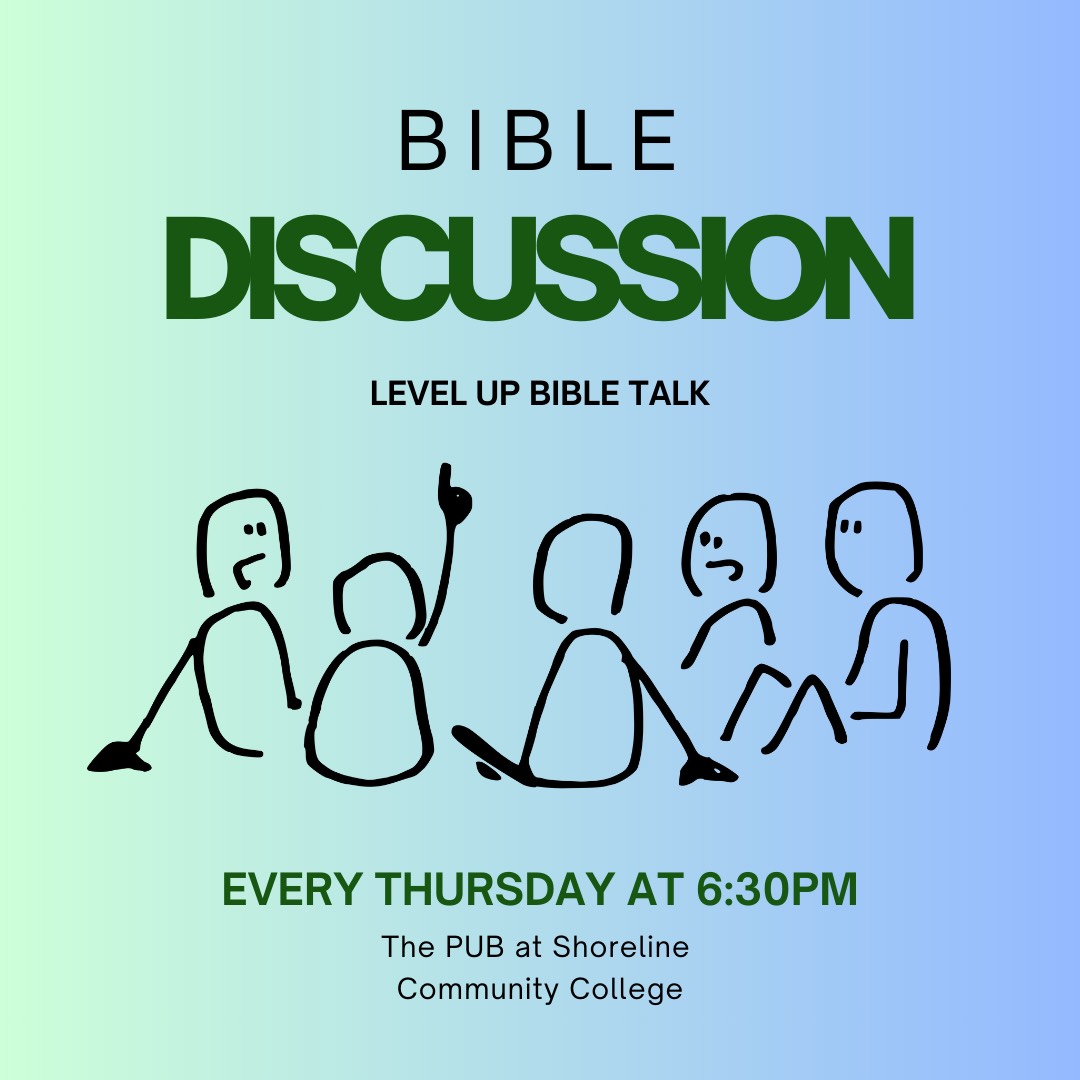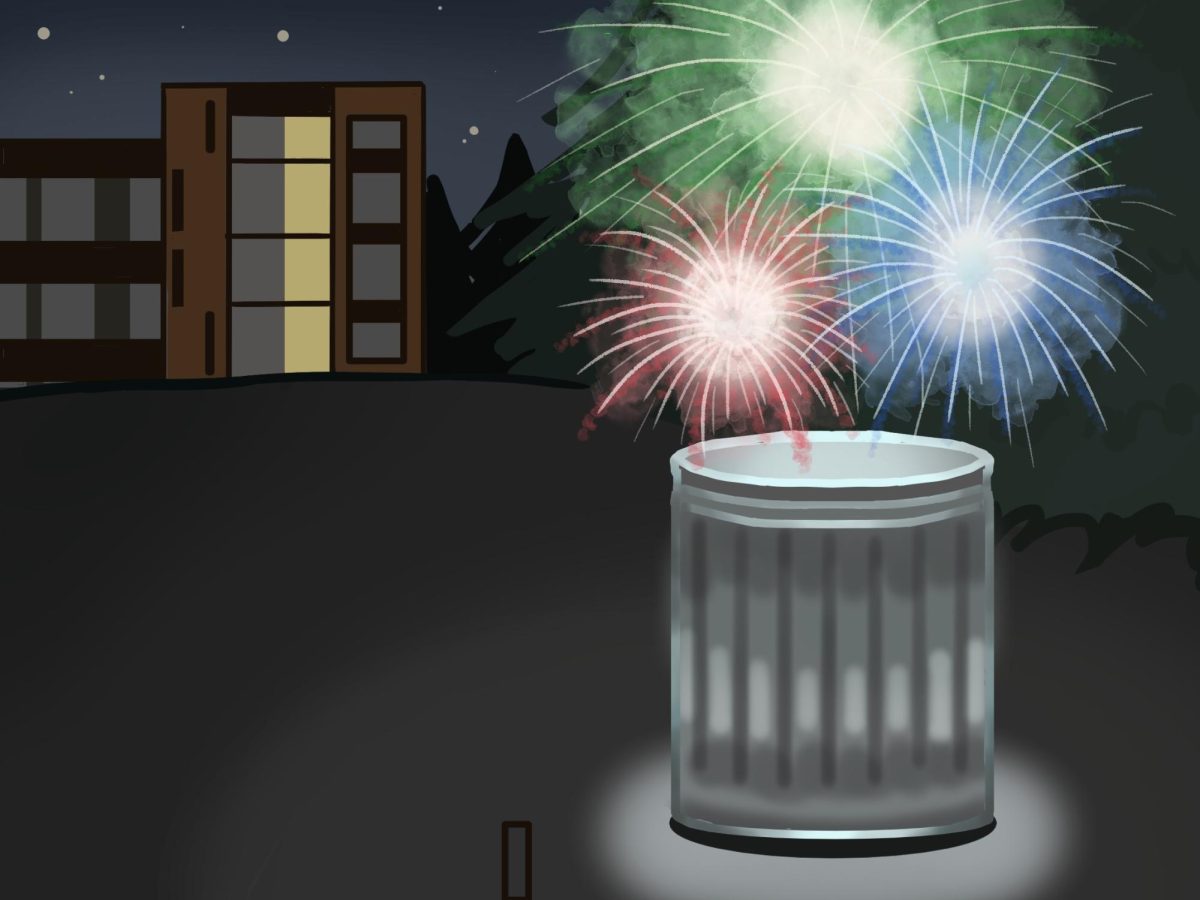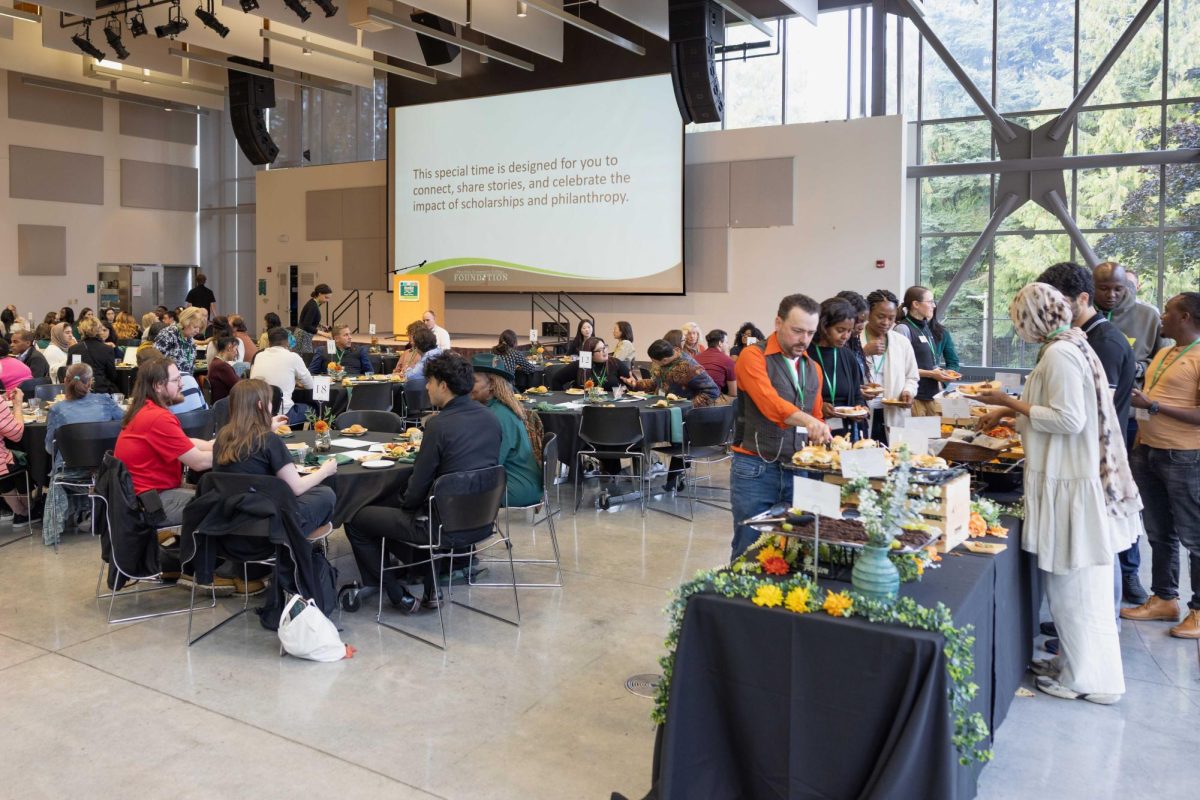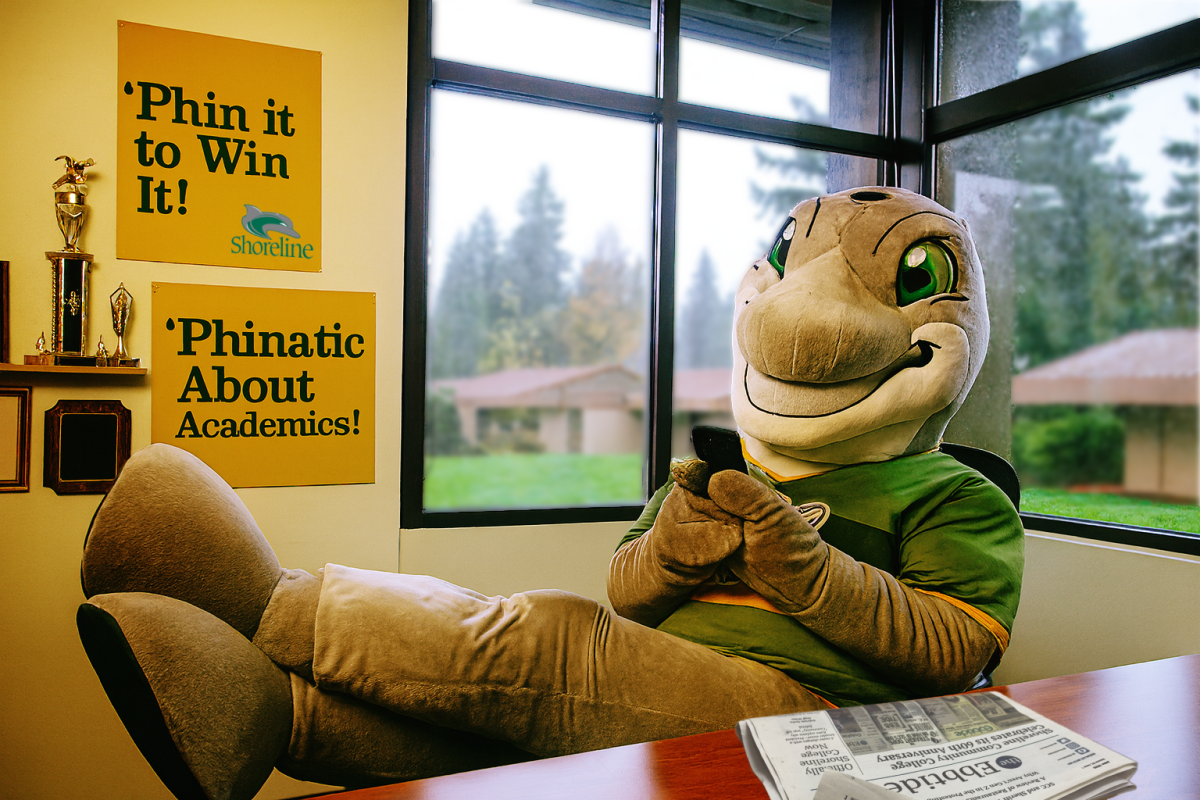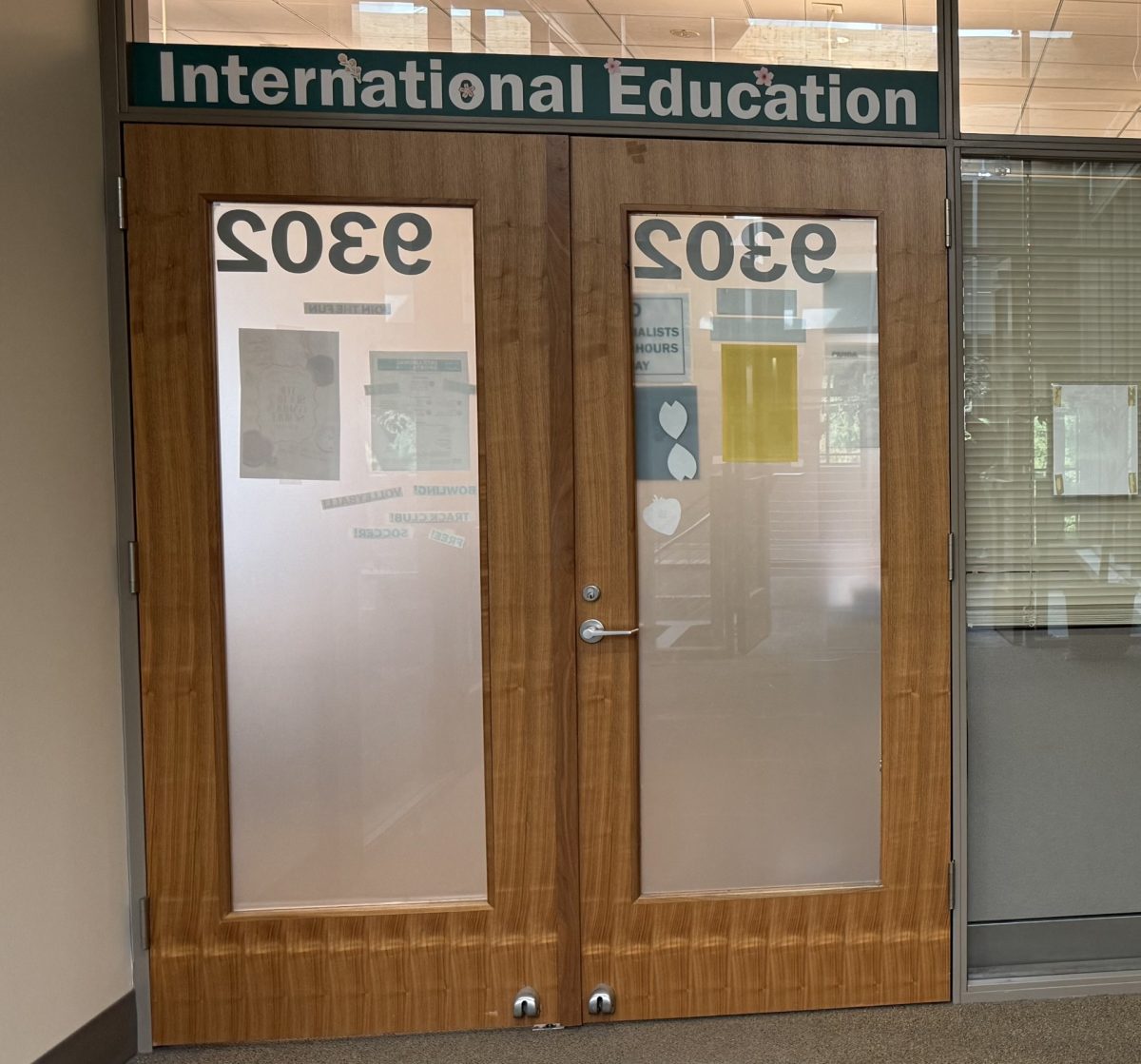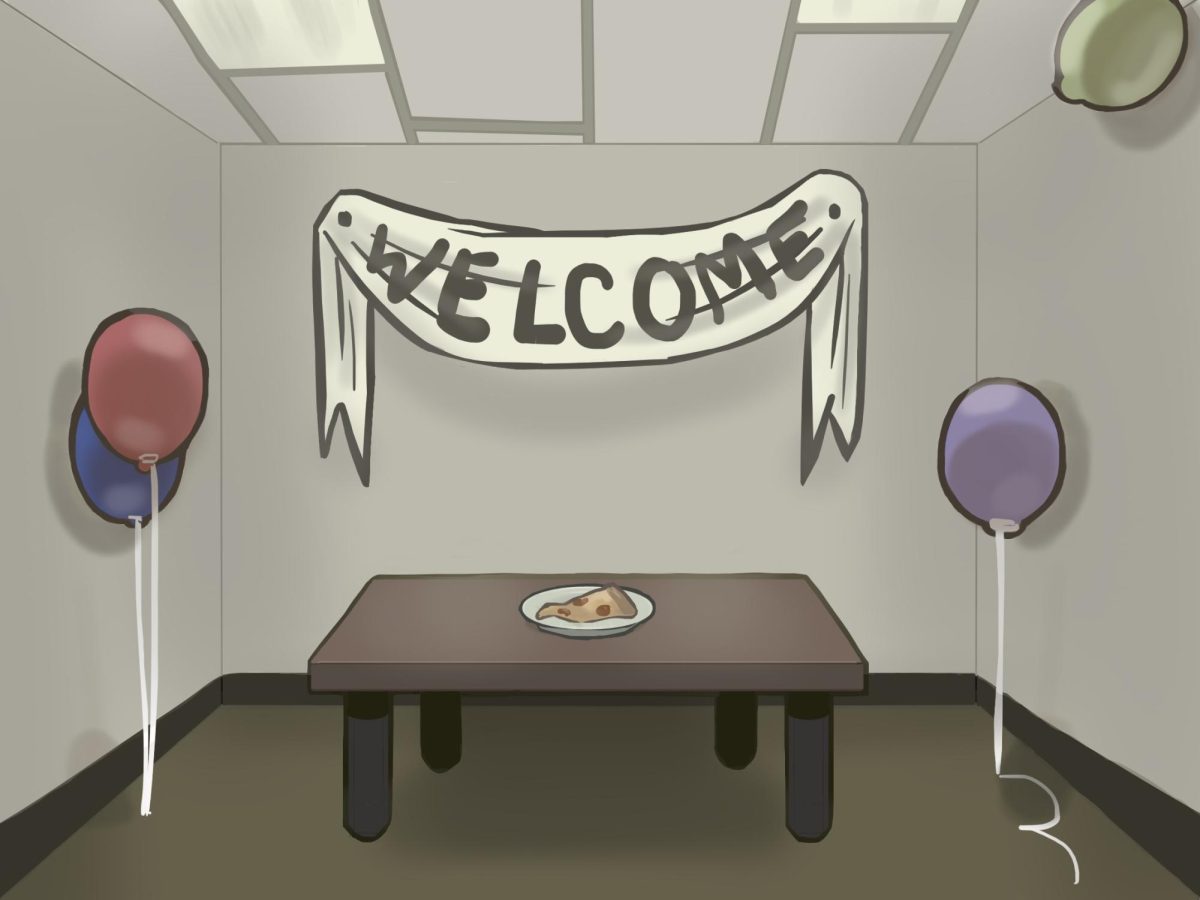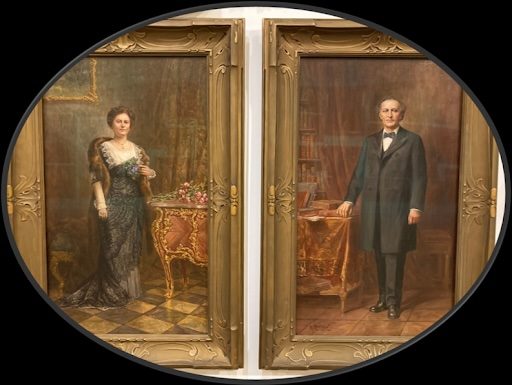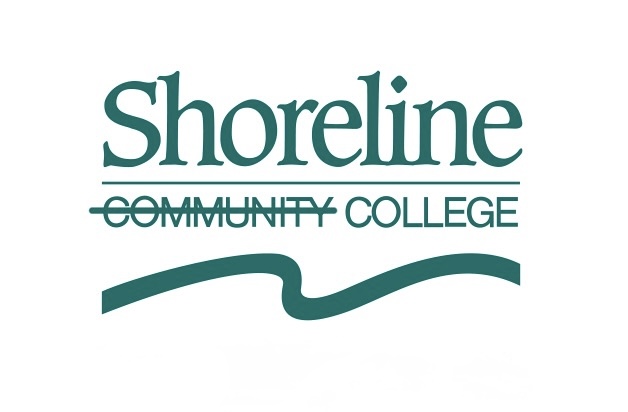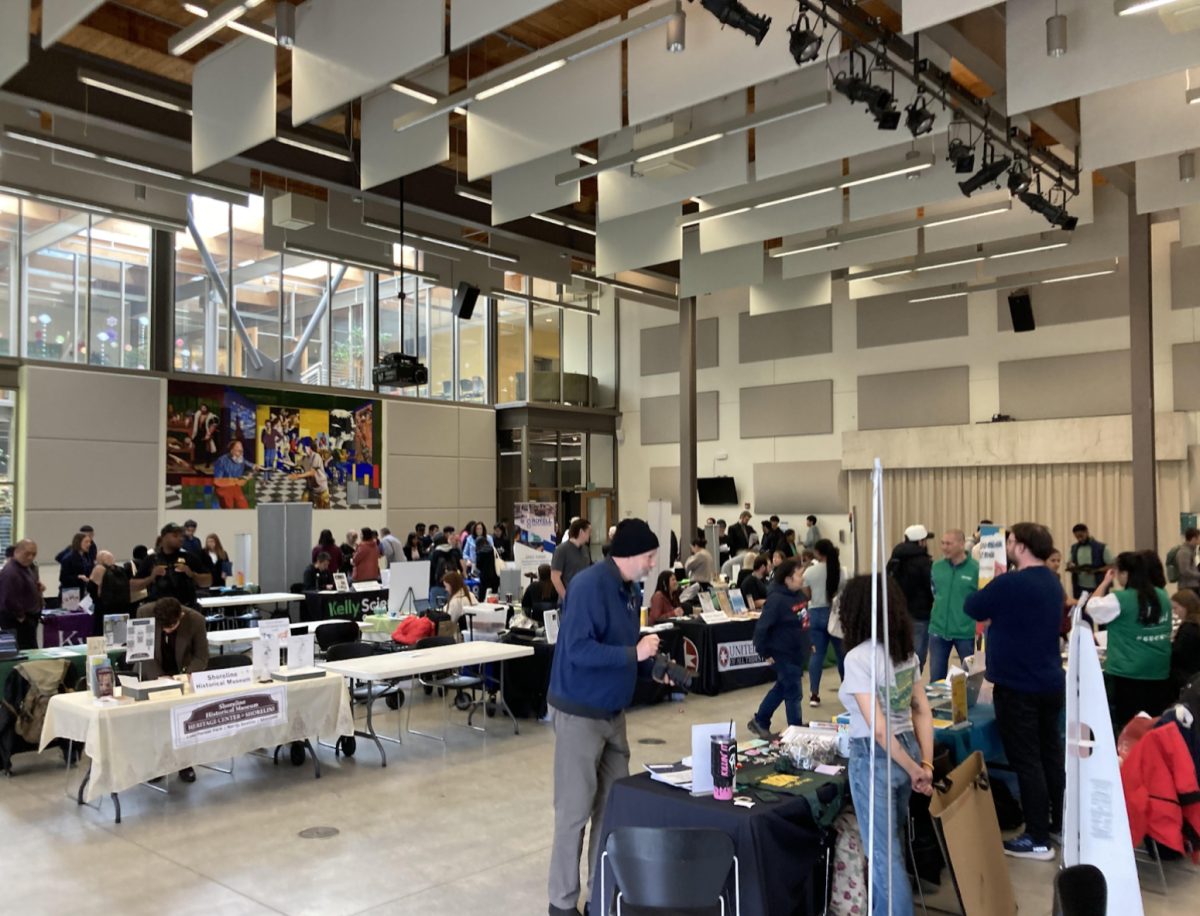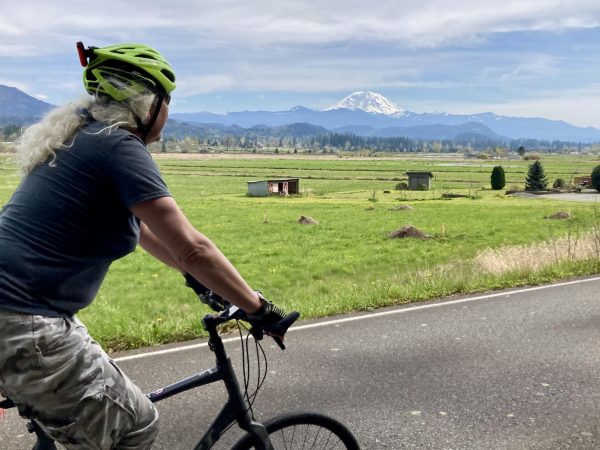The intoxicating aroma of fresh morel mushrooms frying in butter and garlic filled the PUB lobby on a recent sunny and chilly late-October weekend, as the Puget Sound Mycological Society hosted its 60th annual Wild Mushroom Show.
Attendance for the event, founded by the PSMS in 1964, topped 4000 over the weekend, a record turnout for the event. The increased turnout compared to previous years was noteworthy, according to volunteers The Ebbtide spoke with. While the PSMS doesn’t track signups at the event, chairpersons organizing the event commented, “by one estimate, we got more than 100 new members in the week after the show.”
Mycologists are experts who study mushrooms, fungi, and mycelial networks. Professional mycologists and volunteers from the PSMS membership, gathered on the weekend of October 28th and 29th, to share their expertise, encouragement, and advice with adventurous foodies eager to learn more about delectable fungi, as well as prospective mushroom hunters wondering where to harvest a batch to bring home for supper.
It’s important to note that many species of mushrooms are toxic to humans and pets. Edible varieties can be easily confused with deadly lookalikes. Proper identification is vital.
“You can’t do it just you by yourself and a book. You’ve got to hang out with experts,” cautioned seasoned volunteer, presenter, foraging trainer and educator Wren Hudgins, who checked and double-checked his manuals and consulted with colleagues to identify a wide variety of locally foraged mushrooms brought in by attendees. The auditorium was jam packed from opening to close with curious attendees, many queuing up at the identification tables, while volunteers studiously identified tray after tray of succulent fungi of varying sizes from wide-brimmed toadstools to scrubby bundles of lichen.
There was something for everyone this year: a broad sampling of lectures and presentations offered sessions on identification techniques and ecological themes, while most focused on edible varieties, especially those indigenous to the Pacific Northwest.
At a table arrayed with a variety of colorful natural fiber yarns and fabrics, volunteer Marion Richards explained the process, “There’s chemistry and indigenous knowledge, there’s a lot of different areas that kind of come together for mushroom dying.”
Richards wanted students who might seek to forage in Boeing Creek and Shoreview parks that lie to the north of campus to know that while it’s OK to harvest for personal use, “As far as mushrooms go it’s just, leave no trace when you go in the woods,” she instructs, “Maybe make it a little bit better than when you entered the woods,” she suggested, for instance, packing out garbage or other litter you encounter.
Indeed, mushroom hunters stress the communal and collaborative nature of the avocation that draws its inspiration from its fungal subjects: appearing in groups when the conditions are right, to share knowledge about their environment to the mutual benefit of all the organisms within. Photographer and educator Alison Pouliot, who gave a memorable presentation on Sunday, featuring nearly a dozen pair of nylon stockings knotted together, each end held by an audience member. The web of hosiery represented a mycelial-root network connecting a forest ecosystem in mycorrhizal symbiosis. Puliot explained the surreal scene, “There’s things going on under the soil, under the water, in the air that even though we can’t detect them or we can’t see them, we need to be thinking about ecosystems in the context of networks, of processes and of responsibilities.”
Mycelia are the vegetative portion of a fungus, weaving a fabric of organic filaments that connect with plants through their root systems, to form symbiotic relationships called mycorrhiza. Mushrooms are the fruiting bodies of these organisms, much as apples are to apple trees. Mushrooms have structures that release spores, as apples harbor seeds, so that the organism can spread and reproduce.
To learn more about the Puget Sound Mycological Society, attend a workshop or training class, or to become a member, visit their website at www.PSMS.org.
